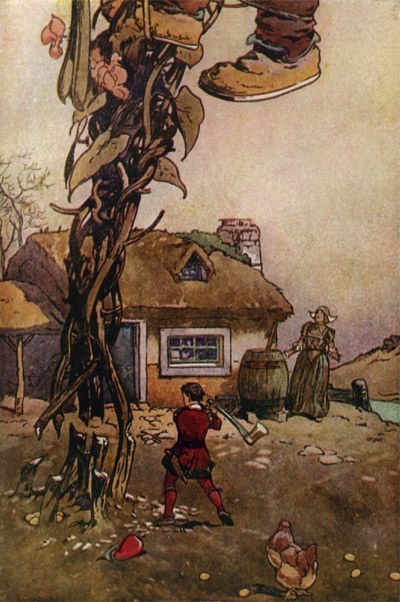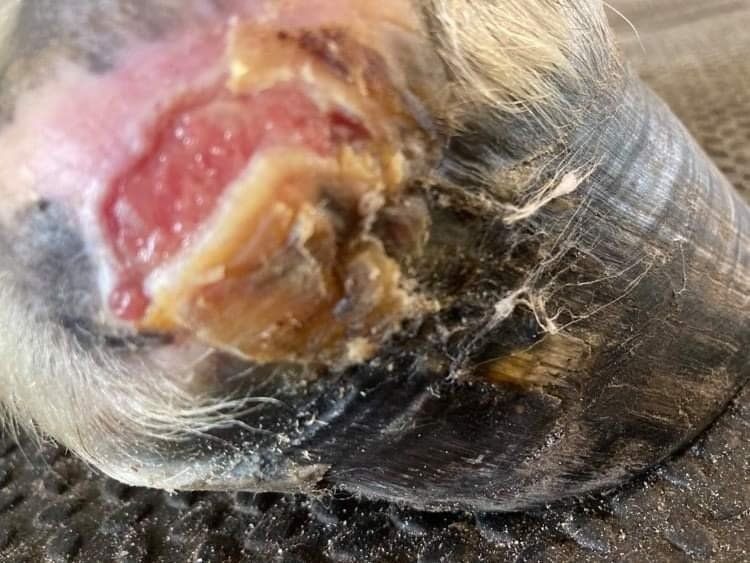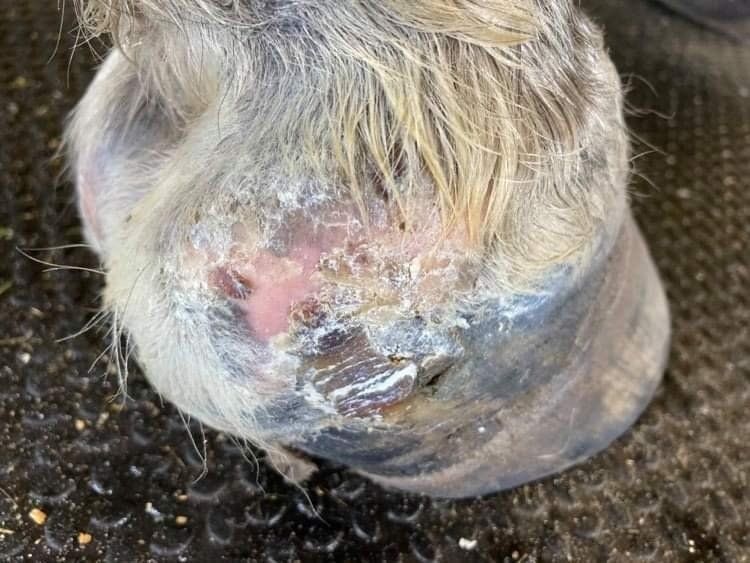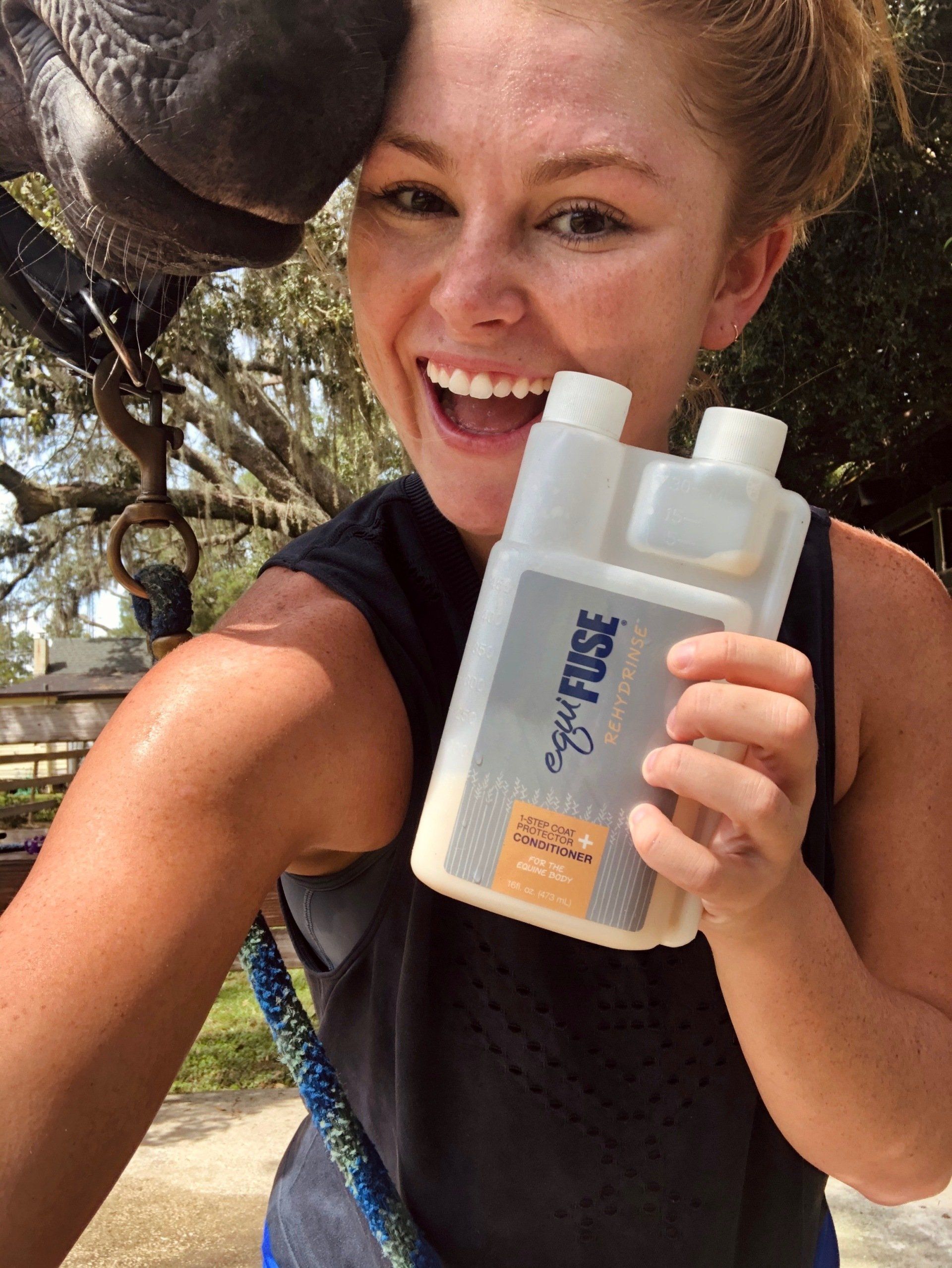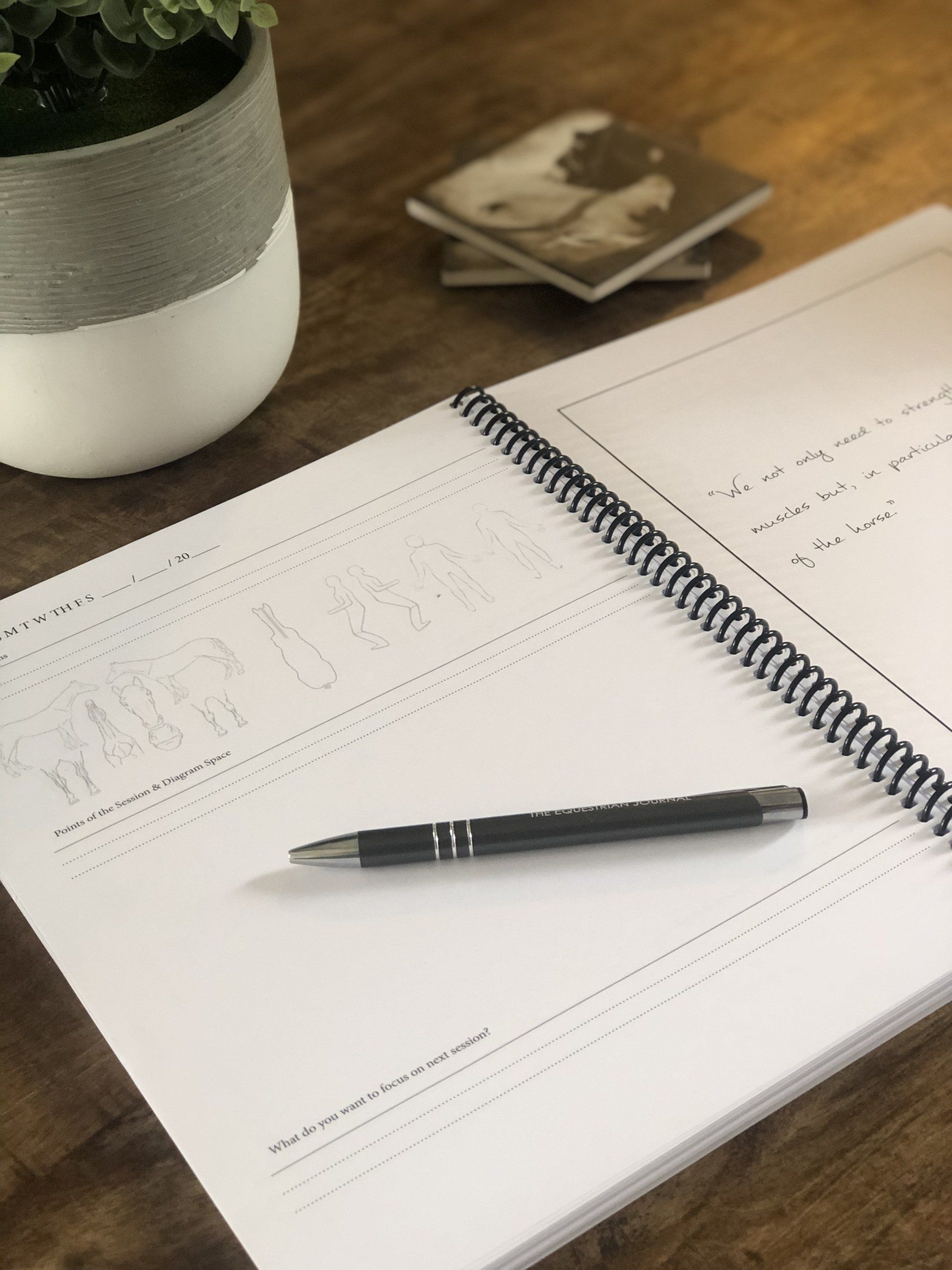Summer Sore: A massive inflammatory and granulation response to the larvae of the equine stomach worm (Habronema) after they are deposited onto open wounds, eyes, sheath and mouth by flies.
SUMMER SORE or PYTHIOSOS?
Knowing the difference could save your horse's life!

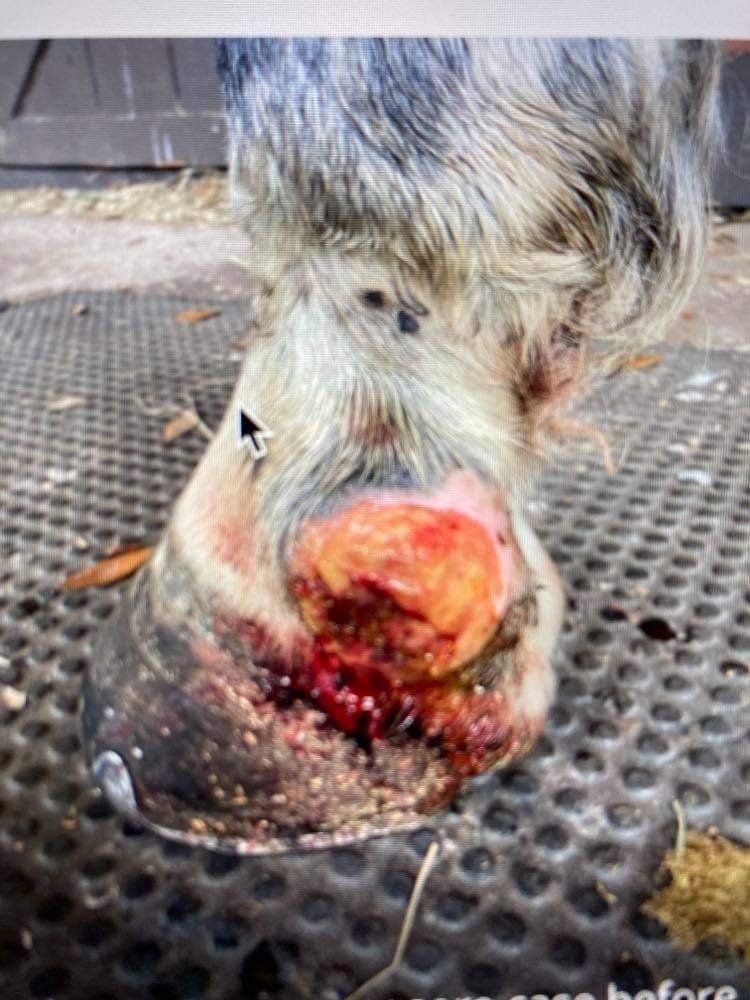
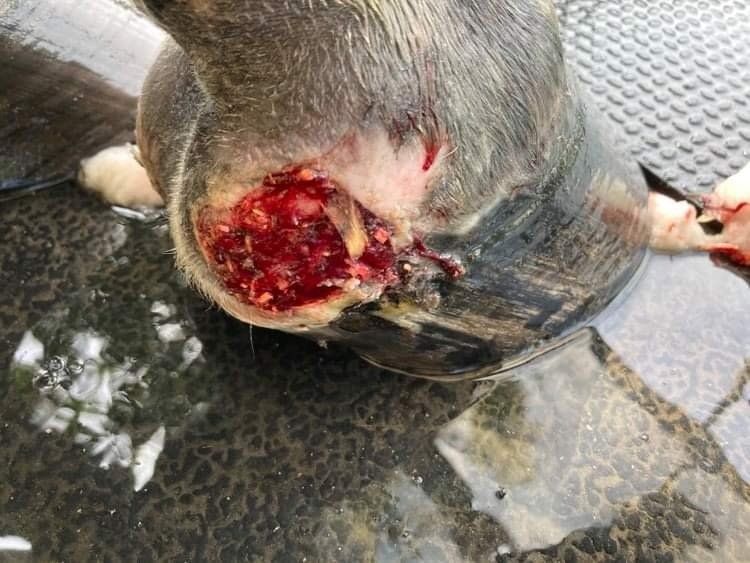
Pythiosis: A massive inflammatory and granulation response to a fungus-like water mold "Pythium" through an opening in the skin. Occurring mainly in horses, cattle, dogs, and cats. The condition is fatal if treatment is not effective or left untreated. (Primo)
Bob Glass of Pan American Veterinary Lab (Pavlab.com) states: "If I could emphasize one thing to veterinarians, it would be to move Pythiosis up on the diagnostic scale. If you see a horse that has a pythiosis-like, non-healing would that does not heal or respond to antibiotics and standard treatment in the first 10 days, you should think about Pythiosis right away."
If only I had know this 18 months ago, I might not have this story to tell...
I live in north central Florida and in May of 2019, after a horse-life of rescue adoptions, I treated myself to a lovely 6 year old Andalusian gelding. He passed the pre-purchase with flying colors except for evidence of a prior summer sore on his right front pastern. I didn't give it a second thought. But by mid-June, it was a huge, oozing mess of a wound that would not heal no matter what we tried...ivermectin, topical creams, antibiotics, bandaging, steroids and every single fly boot on the market! Things would improve, then deteriorate again. The vets all told me to hold on because as frustrating as summer sores are, the cold weather would bring relief. And they did improve somewhat but not completely...
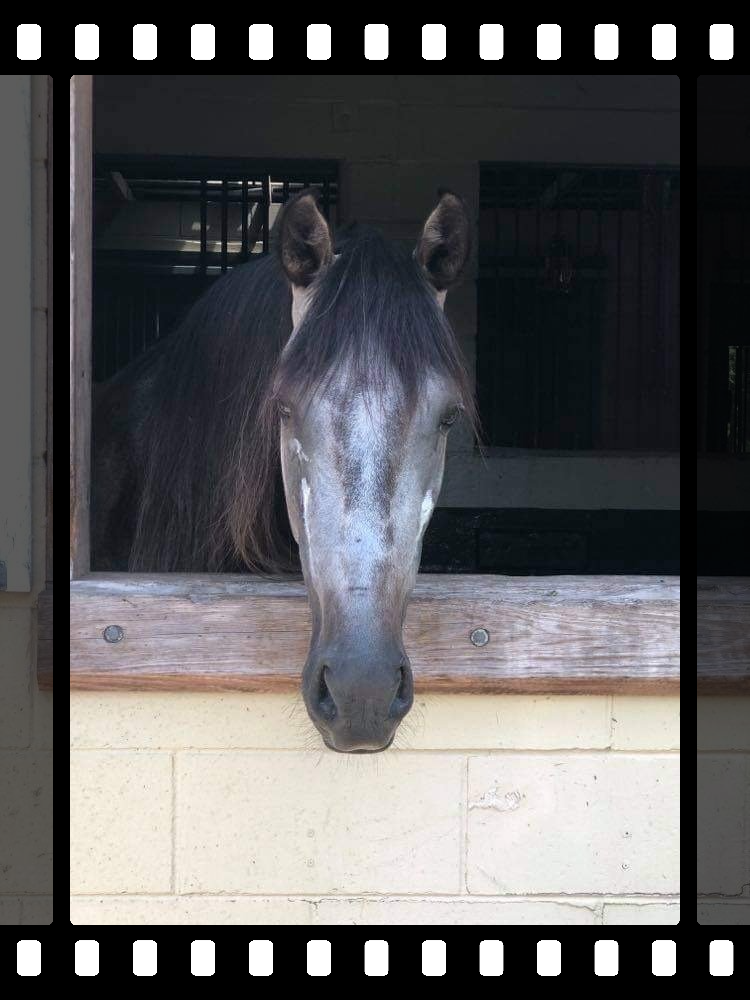
Fast forward to June of 2020. I was ready and waiting to win the summer sore war this time. I had the books, the socks, the worming regime, and the best researched fly spray. All hands on deck at the barn just waiting to address the first sign of a boo-boo. But, again, nothing really worked. I tried more vets and more vets: looking for the one who could finally help Primo. I began to worry that other boarders would rightly be concerned for their horses although neither condition is contagious. I might be asked to leave or take him to a rehab facility? Let's face it: Pythiosis and summer sores are gross and scary looking. I hit rock bottom: I was exhausted, angry, and worried for my horse. I had a feeling that something just wasn't right. That intuitive gut feeling we all get about our horses in moments of desperation.
So I stopped the treatment and went searching for answers. I met the usual cast of characters on the internet; charlatans offering miracle cures, whacky well-meaning people, and everyone in between. But it did something: it pointed me outside the box of his diagnosis to consider other possibilities. Which is where I found information and support about equine Pythiosis.
I learned it can be diagnosed with a simple blood test and there's an immunotherapy vaccine treatment that is sometimes, but not always, effective. Early diagnosis and treatment are so important.
At the end of this summer I found a vet willing to work with the program at Pan American Veterinary Lab, and Primo tested positive for Pythiosis. It was a relief from the burden of doubt and confusion but heartbreaking to think he might not survive if the treatment didn't work. He is now on his second round of immunotherapy vaccines with a stronger concentration that the first time. We are on week four and there are days of amazing progress followed by setbacks. It's clear that Primo has a long history with this disease. Did we catch it in time? We don't know yet. The prognosis is guarded but I continue to hope for healing.
I asked my current vet why the others were so reluctant to consider Pythiosos even after I suggested it. He explained, that as vets, they are trained to consider the most likely scenario instead of wasting time and resources looking for diagnostic "ghosts" that aren't there. Maybe as horse-owners that's our job!
I truly hope to raise awareness around this terrible disease and I encourage you to check out some of the resources in the links included below.
https://todaysveterinarynurse.com/articles/equine-pythiosis-an-overview
HS: You can see why this story is heart breaking but important. We truly appreciate Karen sharing her story. Although, this article is not intended to diagnose Pythiosis, it is intended to bring awareness to horse owners. We will be keeping up with Karen and Primo. Look for more updates in the future.
